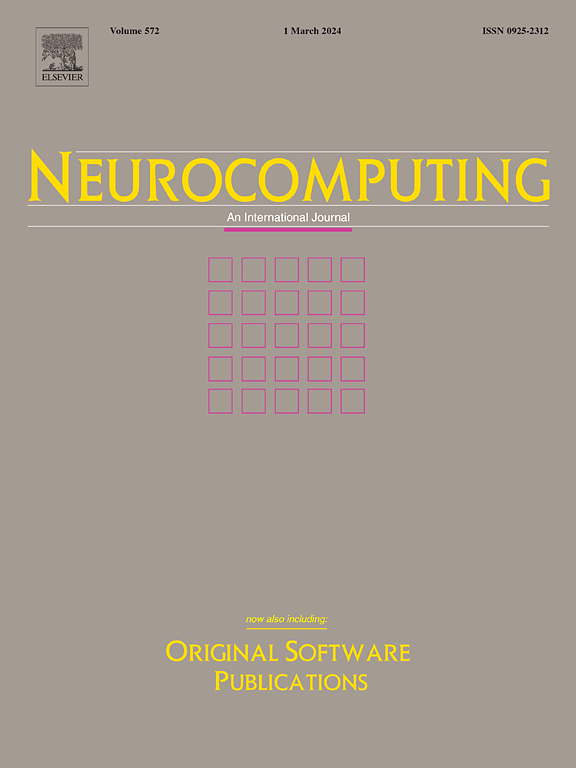SRAD: A spatially-aware reconstruction network with anomaly suppression for multi-class anomaly detection
IF 5.5
2区 计算机科学
Q1 COMPUTER SCIENCE, ARTIFICIAL INTELLIGENCE
引用次数: 0
Abstract
Reconstruction-based methods have achieved remarkable outcomes in unsupervised image anomaly detection by training separate models for different categories. However, when it comes to a practical unified model, these methods often face the “identical shortcut” problem, where both normal and abnormal samples can be recovered well, leading to failure in anomaly detection. To address this problem, we propose a Spatially-aware Reconstruction network with anomaly suppression for multi-class Anomaly Detection (SRAD). Firstly, we propose a Spatially-aware Channel Convolutional (SCC) neural network, which replaces general convolution with channel convolution and incorporates a Spatial Information Fusion (SIF) block during encoding and decoding. The SIF block is proposed to allow the model to capture rich feature representations while avoiding overemphasizing details. Secondly, to prevent the model from learning identical reconstruction, we propose an Anomaly Suppression Feedback Learning (ASFL) strategy. The ASFL strategy encourages the model to accurately reconstruct normal samples while inhibiting the reconstruction of abnormal samples through a feedback mechanism. Experiments on MVTec AD, VisA and BTAD datasets demonstrate the clear superiority of SRAD compared to previous state-of-the-art unified models, e.g., achieving 98.2% I-AUROC and 97.6% P-AUROC on multi-class MVTec AD dataset. Furthermore, SRAD exhibits a high frame rate of 51 FPS on a 2080 Ti GPU, making it potential for practical applications.
求助全文
约1分钟内获得全文
求助全文
来源期刊

Neurocomputing
工程技术-计算机:人工智能
CiteScore
13.10
自引率
10.00%
发文量
1382
审稿时长
70 days
期刊介绍:
Neurocomputing publishes articles describing recent fundamental contributions in the field of neurocomputing. Neurocomputing theory, practice and applications are the essential topics being covered.
 求助内容:
求助内容: 应助结果提醒方式:
应助结果提醒方式:


